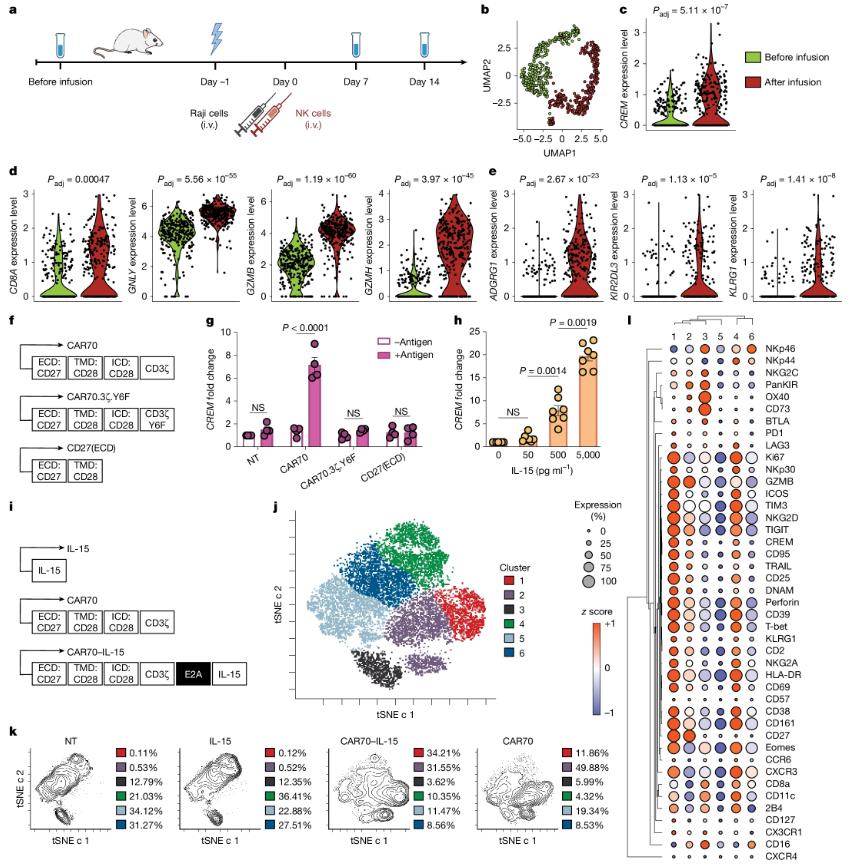• Adenovirus Service • AAV Service • Lentivirus Service • Retrovirus Service




Glioblastoma (GBM) is the most common and aggressive type of malignant brain tumor in adults, with patients typically surviving only 12-18 months after diagnosis. Despite decades of research, there is currently no cure for glioblastoma, and approved treatments such as surgery, radiotherapy, and chemotherapy have limited effectiveness in extending patients' lives.

Missense mutations in the KRAS gene often lead to its persistent activation, which in turn causes dysregulation of downstream signaling cascades and drives tumorigenesis. KRAS gene mutations are present in nearly 25% of human cancers and are frequently found in some of the most common cancer types, such as lung cancer (35%), colorectal cancer (49%), and pancreatic adenocarcinoma (92%).

Data from the World Health Organization show that of the approximately 19.3 million new cancer cases worldwide each year, 10 million people die from cancer. Although immune checkpoint inhibitors (such as PD-1 antibodies) have revolutionized cancer treatment, a large number of patients still face the problem of "no response" or "drug resistance". Among them, natural killer cells (NK cells) are the first line of defense against cancer, and their activity is often inhibited by the tumor microenvironment. IL-15, as a core cytokine that regulates NK cell function, can enhance the killing ability of NK cells, but its clinical application is limited by the toxicity of systemic administration (such as cytokine storm).

In the fight against AIDS, scientists have always been committed to finding a way to completely cure this stubborn disease. In recent years, the rapid development of mRNA technology has brought unprecedented opportunities to the field of gene therapy. From the successful development of COVID-19 vaccines to the clinical application of CRISPR gene editing technology, mRNA technology has continuously refreshed our understanding of life sciences.

Nowadays, cancer has become one of the major killers threatening human health, and the role of sex hormones in the occurrence and development of cancer has attracted widespread attention. In recent years, with the rise of precision medicine, scientists have gradually realized that there are significant differences in treatment response and disease progression among cancer patients of different genders and ages. This discovery has triggered scientists to explore in depth how sex hormones affect cancer behavior.

Recently, a research team led by Jean-Christophe Marine and Joanna Pozniak of the Flemish Institute of Biotechnology (VIB) in Belgium, and Oliver Bechter of the University Hospital of Leuven, published an important research paper in the famous journal Cancer Discovery. When analyzing tumor samples from melanoma patients who did not respond to immunotherapy, they found that the number of natural killer (NK) cells increased significantly, and both NK cells and killer T cells gathered around the tumor. The amazing thing is that if the NK cells around the tumor are eliminated and then supplemented with immune checkpoint inhibitors, the killer T cells will infiltrate and destroy the tumor.

Recently, in a research report titled "SP140–RESIST pathway regulates interferon mRNA stability and antiviral immunity" published in the international journal Nature, scientists from the University of California and other institutions revealed how the conservative transcriptional repressor SP140 indirectly regulates the stability of interferon β (IFN-β) through the RESIST protein, and also revealed the antiviral activity of SP140 itself. The relevant research results may provide a new perspective for understanding the antiviral immune mechanism.

Colorectal cancer (CRC) is the third most common cancer worldwide (nearly 2 million, second only to lung cancer and breast cancer), and the second most common cancer in terms of deaths (nearly 1 million, second only to lung cancer). Colorectal cancer is usually asymptomatic in the early stages and is often diagnosed in the late stages. Therefore, active treatments such as surgery, radiotherapy, and chemotherapy are required. However, these treatments also have limitations. Surgery has a high recurrence rate, radiotherapy can cause serious complications, and chemotherapy often leads to drug resistance, with about 50% of patients experiencing recurrence. In addition, the incidence of colorectal cancer has been increasing in young people under the age of 50 over the past 30 years. This makes colorectal cancer a major public health and socioeconomic issue.

In the frontier field of cancer treatment, immunotherapy is gradually becoming a new hope for conquering cancer. In recent years, CAR-T cell therapy has achieved remarkable results in the treatment of blood tumors, but its application in the treatment of solid tumors still faces many challenges. At the same time, natural killer cells (NK cells), as an immune cell with strong anti-tumor activity, have gradually attracted the attention of researchers.

In today's global public health field, vaccination is undoubtedly the key line of defense against infectious diseases. From the raging of the COVID-19 pandemic to the normalized prevention and control of various infectious diseases, the importance of vaccines is self-evident. However, how to improve the immune efficacy of vaccines, especially to enhance CD8 T cell-mediated immune responses, has always been a hot topic for scientists.